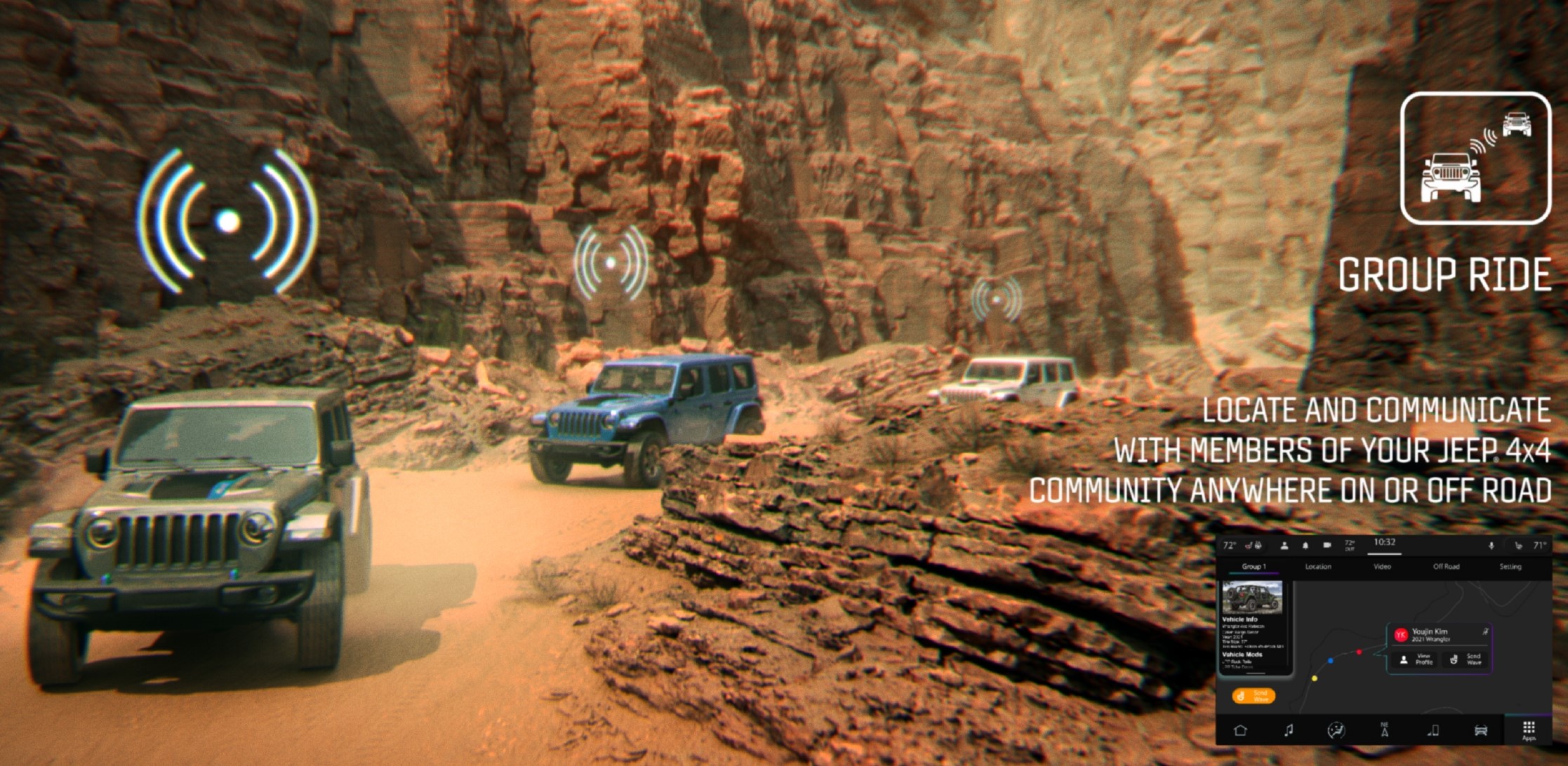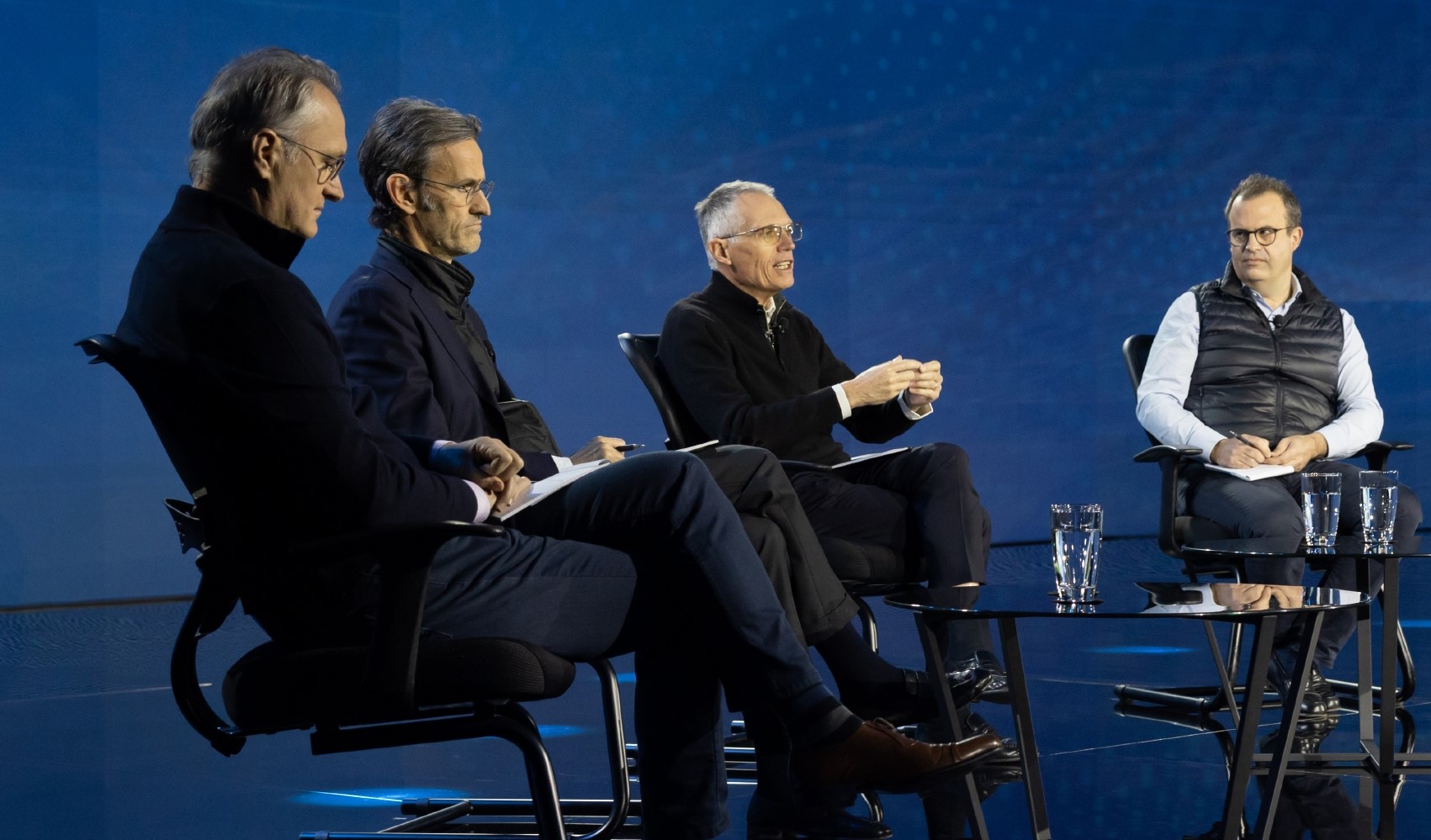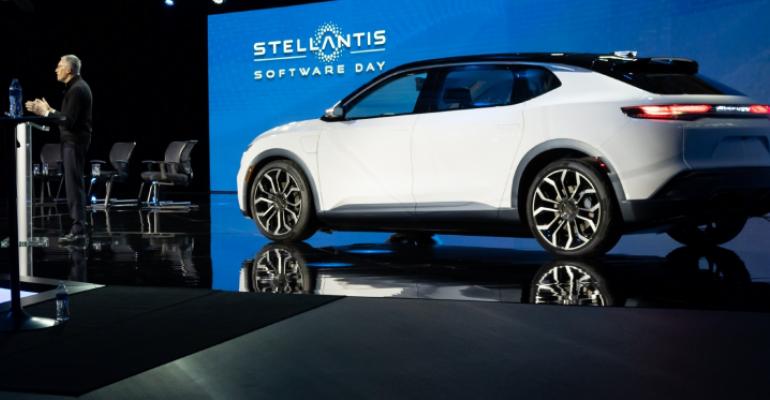Software is a building block as part of Stellantis’ product strategy and is the key to creating unique products for the sprawling company’s 14 brands, says CEO Carlos Tavares.
The chief executive also says software is one of the keys to holding down costs of developing new vehicles, while bringing additional revenue through subscriptions and sale of new services such as usage-based insurance, which Stellantis will soon offer through its subsidies in Europe and North America.
“Software is one of the major pillars of our future at Stellantis,” Tavares says.
Vehicles already are an integral part of the customer’s lifestyle, but Stellantis believes it can make cars even more appealing with three software platforms, dubbed STLA Brain, which will be ready by 2024 and include connectivity and over-the-area updates, consumer experience and autonomous driving.
The envisioned software enhancements will cover all 14 brands, Tavares says as the automaker outlines plans for reporters and analysts during a series of presentations on what the company called “Software Day.”
For Dodge, there are performance-enhancing updates, while applications for Ram might enable larger payloads or features such as Road Trip to provide entertainment on longer journeys.
For DS, a French luxury brand belonging to the PSA Group, the new software will enable tours linked to GPS that explain the points of interest as the vehicle rolls through the countryside. Another DS feature can point out the constellations through the moonroof. The same system can provide coupons or find other savings while traveling.
In the case of Jeep, features such as Jeep Trails offer guidance to off-road paths as well as connectivity to other Jeeps in remote places, intended to strengthen the brand’s emotional bond among customers.
The services also could include in-vehicle video conferencing or Zoom calls, particularly in AVs, Stellantis officials say. “We don’t want to say too much,” says Tavares, because of the intense competition now developing around automotive-based technology and services. “We’re going to be continuously creating new features.”
Tavares says the company believes software development is a core competence that should not be turned over to subcontractors but kept in-house. Stellantis is now recruiting 4,500 new employees to work on software projects.
The software and continuing enhancements should increase the residual and resale value of Stellantis vehicles in the future while boosting vehicle quality.
STLA Brain is an end-to-end solution that connects the car to on-board micro-computers and the cloud.
The STLA Brain will be available by 2024 when it will roll out in all vehicle platforms.

Jeep brand community could personalize and enhance off-road experiences with use of connected software technology.
It also will help transform the vehicle’s cockpit into a “personalized living space” that is being developed by Stellantis’ new partner Foxconn, which is emerging as a principal supplier for the automaker.
The Foxconn-designed cockpit promises to be a captivating place for driving, gaming and perhaps even as an art space, Stellantis officials say.
The goal of Stellantis’ software project is to enable autonomous driving through its ongoing partnership with Waymo.
Next-generation software should create new revenue streams, generate cost savings by reducing complexity and make it inexpensive for product upgrades that keep vehicles fresh.
Each of Stellantis’ 14 brands have, over time, created their own individual “stacks” of in-vehicle software. These stacks will be combined but programmed separately for each brand.
Stellantis says it has 12 million monetizable connected cars globally. By 2026, this is expected to grow to 26 million vehicles and generate approximately €4 billion ($4.5 billion) in revenues. By 2030, that figure should reach 34 million vehicles and approximately €20 billion ($22.7 billion) in annual revenues.
“Our electrification and software will support the shift to become a sustainable mobility tech company to lead the pack, leveraging the associated business growth with over-the-air features and services, and delivering the best experience to our customers,” Tavares says.
“With the three all-new AI-powered technology platforms to arrive in 2024, deployed across the four STLA vehicle platforms, we will leverage the speed and agility associated with the de-coupling of hardware and software cycles,” he says.

Stellantis Chief Technology Officer Ned Curic (from left), Chief Financial Officer Richard Palmer, CEO Carlos Tavares and Chief Software Officer Yves Bonnefont answer questions during Software Day.





